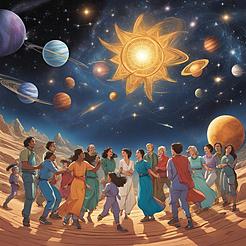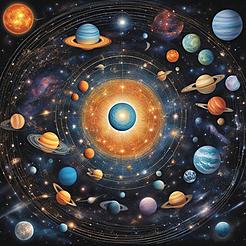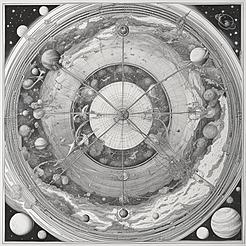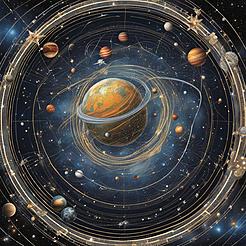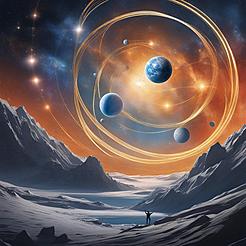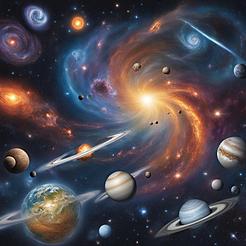 henrydjacob
henrydjacob- Chapter
- 2024-04-15

At the heart of our exploration lies Johannes Kepler's profound laws of planetary motion, which serve as the guiding principles that govern the graceful orbits of planets around stars. Kepler's first law, known as the law of ellipses, reveals that planets move in elliptical paths with the star located at one of the foci. This elegant mathematical description of planetary orbits revolutionized our understanding of celestial dynamics, highlighting the inherent beauty and order in the movements of heavenly bodies.
Moving beyond the elliptical paths traced by planets, we encounter Kepler's second law, the law of equal areas. This law illuminates the concept of orbital speed, demonstrating that a planet sweeps out equal areas in equal times as it moves along its elliptical orbit. Through this principle, we gain insight into the varying speeds at which planets travel along their elliptical trajectories, reflecting the intricate balance between gravitational pull and inertial motion in celestial mechanics.
Kepler's third law, the law of harmonies, further deepens our understanding of orbital mechanics by establishing a precise relationship between a planet's orbital period and its distance from the central star. This law encapsulates the profound connection between the time it takes for a planet to complete one orbit and its average distance from the star, unveiling the underlying harmony and symmetry in the celestial dance of planetary systems.
As we delve deeper into the realm of orbital mechanics, we encounter the dynamic interplay of gravitational forces that govern the motion of artificial satellites orbiting Earth. Satellites, man-made marvels of technology, follow precise trajectories around our planet, harnessing the principles of orbital mechanics to achieve stable and functional orbits in space. From weather satellites monitoring atmospheric conditions to communication satellites facilitating global connectivity, these artificial celestial bodies exemplify the intricate application of orbital dynamics in modern space exploration.
The dynamics of satellite orbits are governed by a delicate balance between gravitational pull and orbital velocity, with satellites carefully positioned to maintain stable orbits while fulfilling their intended missions. By understanding the principles of orbital mechanics, engineers and scientists can design satellite trajectories that optimize efficiency, coverage, and longevity in space, showcasing the seamless integration of celestial mechanics into the realm of human innovation.
References:
- "Introduction to Celestial Mechanics" by Martina W. Beccari
- "Fundamentals of Astrodynamics" by Roger R. Bate, Donald D. Mueller, and Jerry E. White
- "Introduction to Celestial Mechanics" by Martina W. Beccari
- "Fundamentals of Astrodynamics" by Roger R. Bate, Donald D. Mueller, and Jerry E. White
